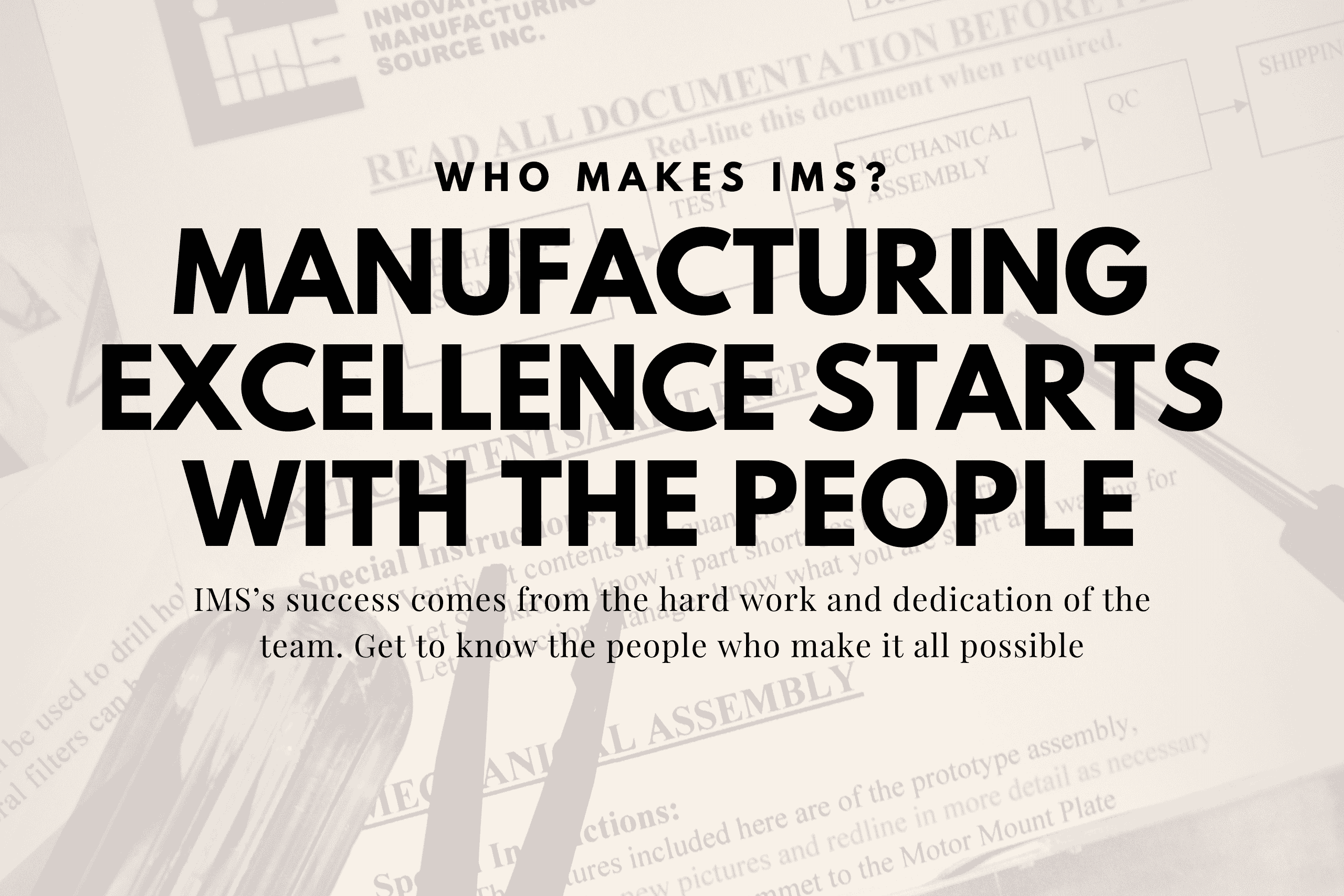Poor quality in electronics manufacturing doesn’t just lead to a defective product—it affects your entire operation, from missed deadlines to strained client relationships. In industries where precision is paramount, poor quality chips away at your bottom line, it delays your time-to-market, and can even damage your company’s reputation.
When quality issues arise, the costs don’t stop at rework or warranty claims—they extend far beyond, leaving lasting damage to both finances and brand perception. In this article, we’ll explore the hidden costs of poor quality and how prioritizing quality from the start can safeguard your business and customers.
Direct Financial Costs of Poor Quality
When quality control slips in electronics manufacturing, the immediate financial impact is undeniable. These costs include scrapped materials, rework, and warranty claims that eat into profit margins.
✗ Rework and Scrap
Every defective product that requires rework or scrapping eats into profit margins. Imagine a batch of PCBs that come off the line with soldering errors. The costs of reworking these components—extra materials, labor, and production time—quickly add up. In extreme cases, entire batches may need to be scrapped, wasting valuable resources.
By outsourcing to experienced and reliable EMS providers, businesses can significantly reduce the need for rework and scrap. Read more about the benefits of outsourcing electronics manufacturing.
✗ Warranty Claims
Releasing substandard products can lead to a flood of warranty claims. A single defective product might lead to multiple replacements or repairs. For instance, a telecommunications company receiving faulty circuit boards will demand replacements, creating a strain on profitability while eroding customer trust.
✗ Increased Inspection Costs
When defects start showing up, companies are forced to add extra layers of inspections and testing to catch flaws before products reach customers. While this helps reduce further damage, these additional steps add significant costs and stress to the production budget.
Indirect Financial Costs
Beyond the immediate financial hit, poor quality can cause long-term issues that may be harder to quantify but just as damaging.
✗ Delays in Time-to-Market
Each time a product requires rework or gets delayed due to quality concerns, it pushes back the product launch. In fast-paced industries like medical devices or consumer electronics, these delays can give competitors the chance to take an early lead, costing you crucial market share.
✗ Lost Contracts and Future Business
Poor quality doesn’t just affect your current project—it can cost you future business. Clients who receive faulty products will often look elsewhere for their next order. Losing one contract could be just the start of a domino effect that leads to fewer opportunities down the road.
✗ Higher Return Rates and Logistics Costs
Defective products lead to returns, which, in turn, cause logistical challenges. Shipping costs rise as products come back for repairs or replacements, and these returns can clog your supply chain, leading to further inefficiencies and disruptions.
Reputational Damage and Its Long-Term Impact
While the financial toll of poor quality is immediate, the damage to your company’s reputation can have long-term consequences that are difficult to repair.
✗ Loss of Customer Trust
Once trust is broken, it’s tough to win it back. When clients receive substandard products, they question whether you can meet their needs again. In industries like telecommunications and aerospace, where reliability is critical, losing a customer’s trust can mean losing business indefinitely.
✗ Negative Reviews and Word-of-Mouth
In a connected world, bad news travels fast. Unhappy customers are quick to leave negative reviews or share their experiences with peers, which can seriously harm your ability to attract new business. In B2B industries, negative feedback can be especially damaging, influencing contract negotiations and future partnerships.
✗ Impact on Brand Value
When quality fails, your brand takes a hit. Customers may no longer see your company as a reliable partner, and competitors that prioritize quality will swoop in, taking your market share and your place in the industry.
The Operational Costs of Poor Quality
Quality issues don’t just affect finances and reputation—they throw a wrench into your entire operational process, from supply chain management to resource allocation.
✗ Disruption to Supply Chain
One poor-quality batch can grind your entire operation to a halt. For example, if defective components are discovered during final assembly, the entire production line may have to stop until replacements are sourced. In critical industries like aerospace or medical devices, these delays can extend lead times and negatively impact customer satisfaction, as they depend on timely product delivery to maintain their operations.
✗ Strain on Internal Resources
Defective products shift your internal teams from focusing on innovation to troubleshooting and rework. Engineers, production teams, and quality assurance staff must divert attention away from developing new products, stifling your company’s ability to compete in a fast-paced market.
✗ Increased Risk of Regulatory Penalties
In sectors governed by strict regulations, such as healthcare, aerospace, and automotive, failing to meet quality standards can result in regulatory penalties, recalls, or even legal action. For instance, if a faulty medical device enters the market, the manufacturer may face severe financial penalties and the loss of certifications critical for continued operation in regulated industries. This not only affects revenue but also damages the company’s long-term viability in highly regulated markets.
Preventing Quality Issues: Key Strategies
The good news? These hidden costs are avoidable if you focus on proactive strategies. Here’s how to protect your business from the fallout of poor quality:
1. Invest in Advanced Quality Control Systems
Quality control systems like Automated Optical Inspection (AOI) and X-ray inspection can catch defects early, ensuring your products meet the highest standards before they reach your customers. With tools like these, IMS ensures every build is top-notch from the start. Discover how IMS leads the way in quality assurance.
2. Engage and Train Employees
Your workforce is your first line of defense against quality issues. Ongoing employee training ensures that team members are up-to-date on the latest quality standards and procedures, reducing the chances of human error. Additionally, fostering a culture of continuous improvement and engaging employees in quality-focused initiatives can create a sense of ownership, ensuring that quality is a shared responsibility across the organization.
3. Build Strong Supplier Relationships
Quality starts with your suppliers. By partnering with reliable suppliers who maintain high standards, you reduce the chances of defective components entering your production line. IMS collaborates closely with trusted suppliers to ensure consistent, quality-driven results.
4. Implement a Proactive Quality Culture
Quality is everyone’s responsibility. By creating a company culture that emphasizes quality at every stage—from procurement to production—you minimize defects and set your team up for success.
Make Quality Your Competitive Advantage
Poor quality doesn’t just affect today’s bottom line—it has long-term consequences for your business, from reputational damage to operational inefficiencies. By investing in quality control, building a trained workforce, and fostering strong supplier relationships, you can avoid the hidden costs that come with subpar products.
At IMS Electronics Manufacturing, we take a full-circle approach to quality control. When you choose us, you’re collaborating with an ECMS partner who prioritizes quality from the ground up.
Ready to safeguard your success? Contact us today to discuss how we can help you avoid the hidden costs of poor quality.




